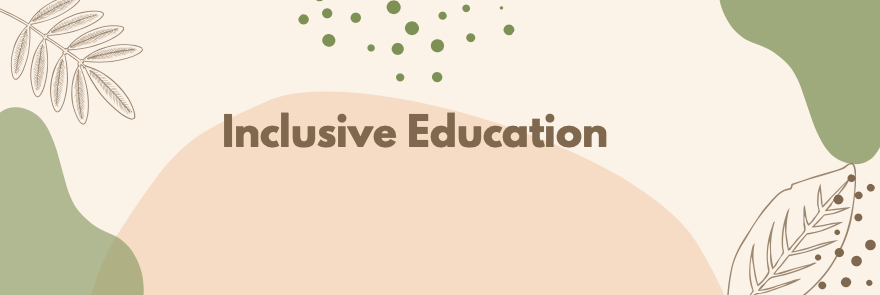
“We all are diverse, all of us. We all have strengths, we all have stretches and we all need to get better at something. The difference in teaching to diversity, however, is that we don’t start with our deficits, we start with our strengths”
Shelley moore
To me, inclusive education means that all students are welcomed in their schools and are supported to learn and participate throughout all components of the education journey. Inclusive education includes examining how the classroom environment, activities, and community are designed and implemented to create a safe and engaging environment for everyone. I believe that inclusive education allows students to celebrate and progress their personal strengths and interests. It also allows individual students to develop and work towards their goals, involving their family and community support along their journey. In my experience, implementing inclusive education means fostering an environment embedded in respect, kindness, and empathy for everyone, celebrating students strengths and stretches. Shelley Moore’s plan for diversity has really resonated with me, and is something I have adopted in my lesson plans. As Shelly Moore said, “the difference in teaching to diversity, is that we don’t start with our deficits, we start with our strengths”.
“Often the supports that we design for those kids on the outside of the lane are actually supports that all of the kids need.”
Shelley moore
Guiding Principles
Upon doing further research on inclusive education and what it means to me, here is a list of guiding principles that align with my personal teaching practice:
- Respect
- Dignity
- Equality
- Diversity
- Human rights
- Justice
- Self-determination
- Mutual responsibility
- Inclusion
- Moral courage
Resource: What is Inclusive Education? – from Inclusive Education Canada
https://inclusiveeducation.ca/about/what-is-ie/
Inclusive Learning Environment
- Enable each student to fully participate in the learning environment that is designed for all students and is shared with peers in the chosen educational setting;
- Provide a positive environment, promote a sense of belonging and ensure student progress toward appropriate personal, social, emotional and academic goals;
- Are responsive to individual learning needs by providing sufficient levels of support and applying student-centred teaching practices and principles.
- Common learning environment: an inclusive environment where instruction is designed to be delivered to students of mixed ability and with their peer group in the community school, while being responsive to their individual needs as a learner, and used for the majority of the students’ regular instruction hours.
Resource: What is Inclusive Education? – from Inclusive Education Canada
https://inclusiveeducation.ca/about/what-is-ie/
Throughout my observational and teaching practicums, I have captured a few images that represent inclusive education to me. Here are a few examples below 🙂
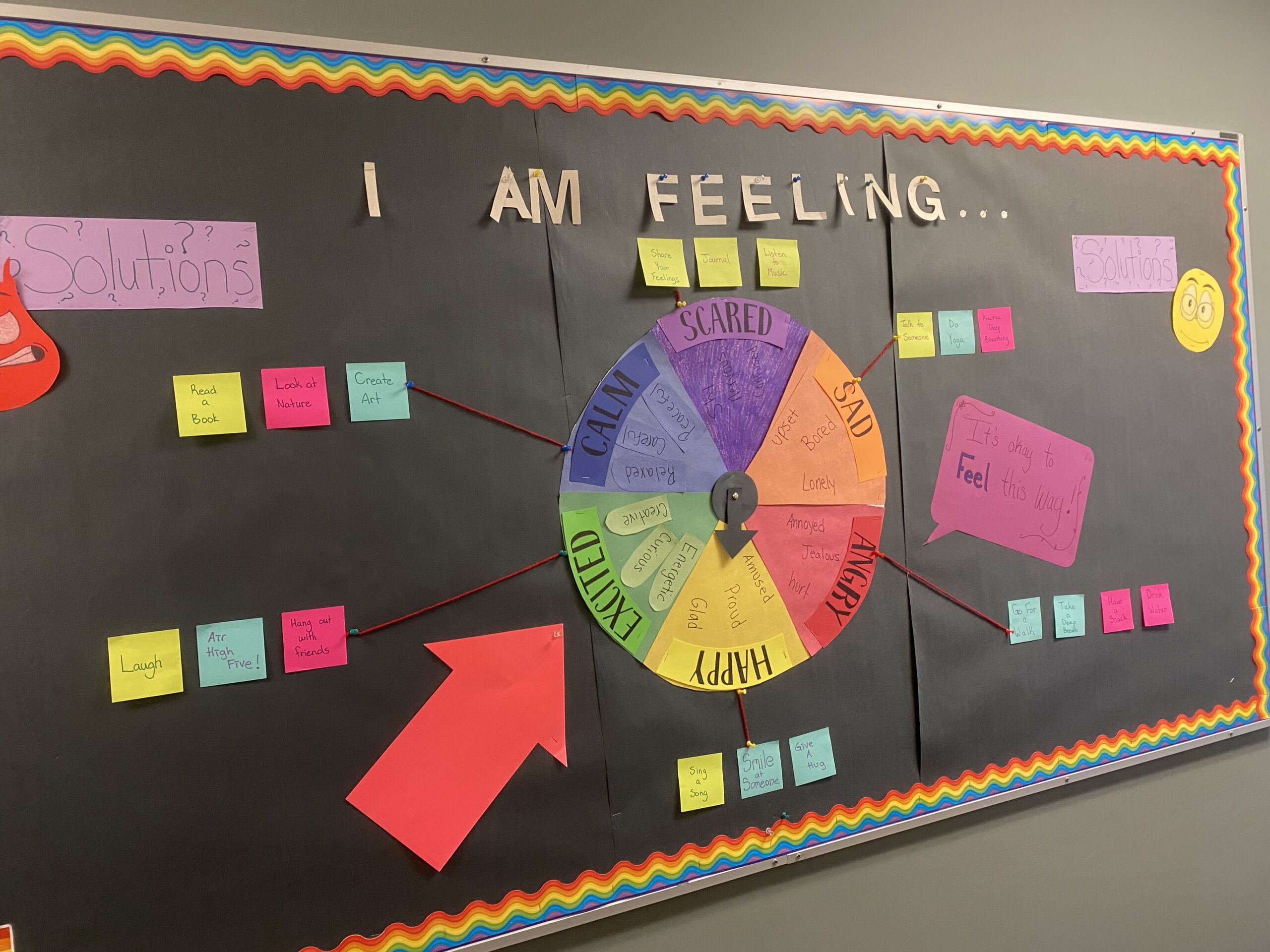
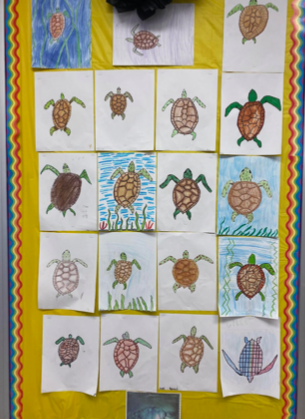
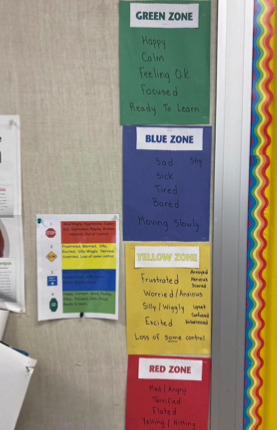
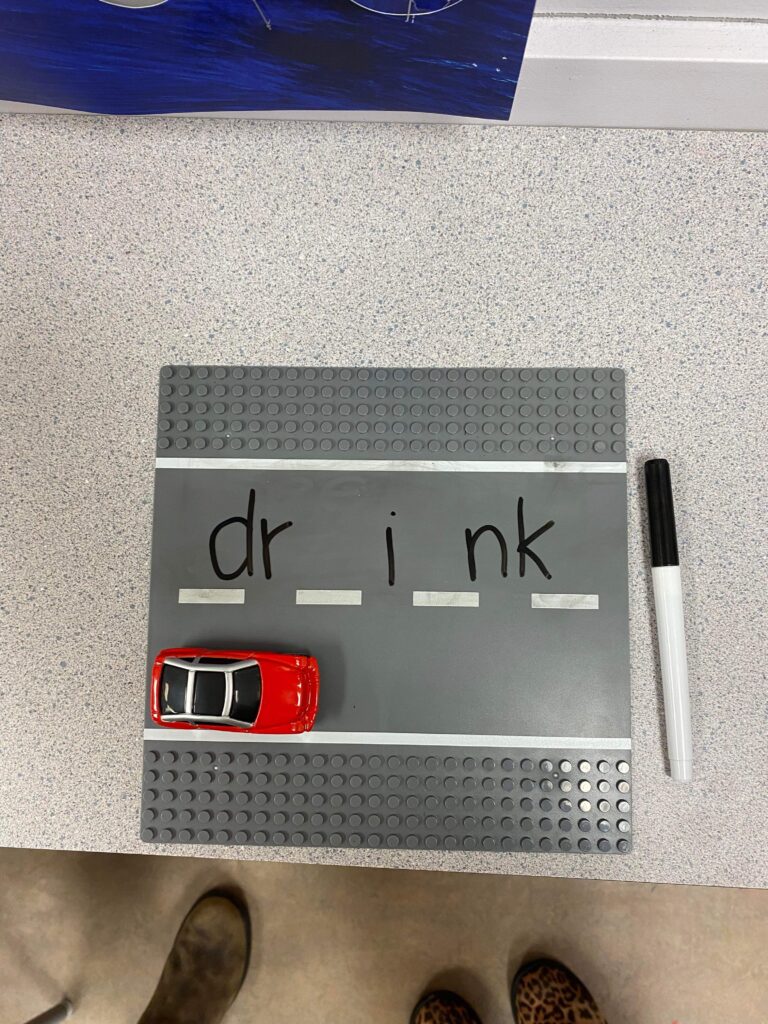
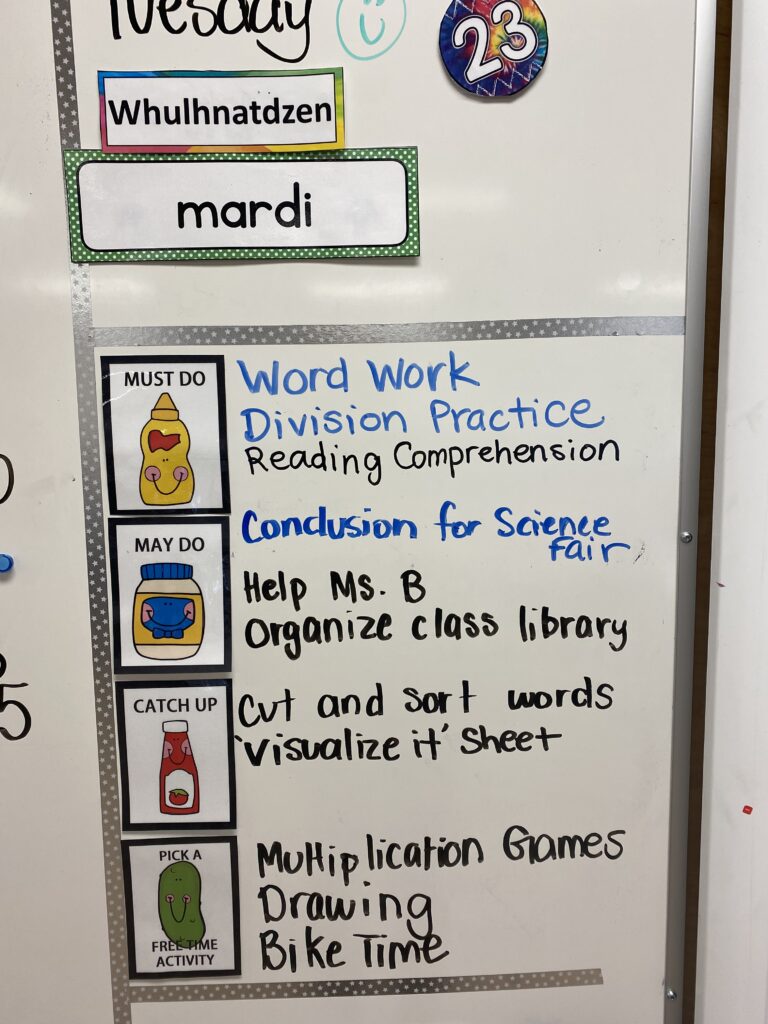
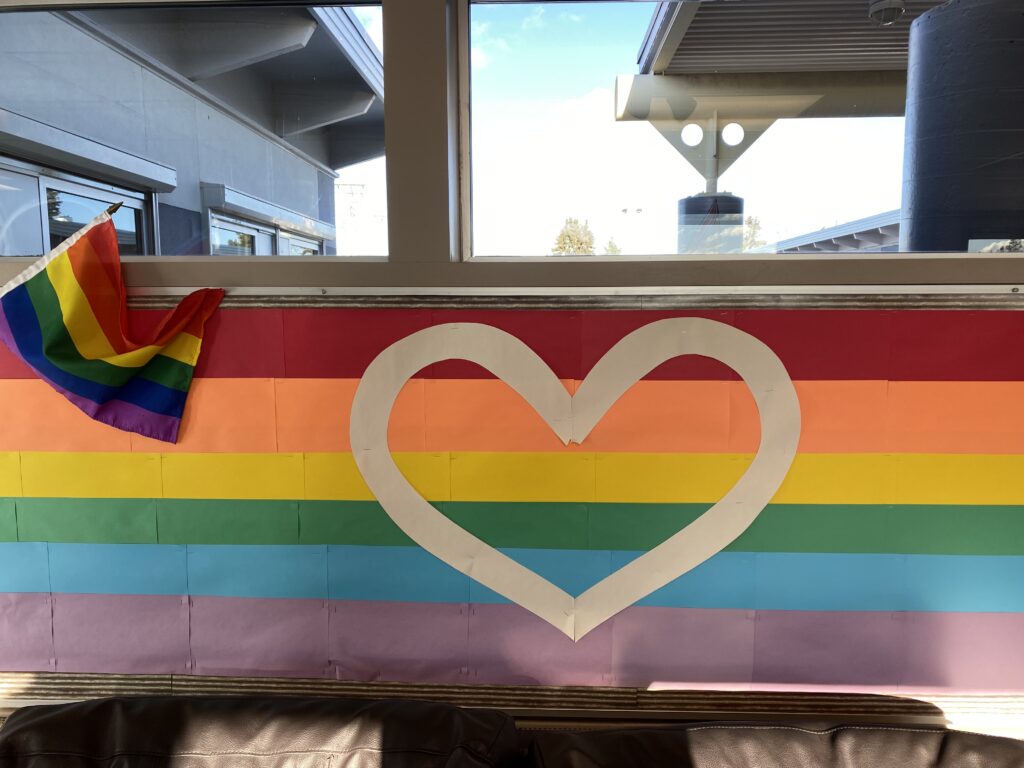
Resources
What is Inclusive Education? – from Inclusive Education Canada
https://inclusiveeducation.ca/about/what-is-ie/
What is Inclusive Education? – From Inclusion BC
https://inclusionbc.org/our-resources/what-is-inclusive-education/
Inclusive Education Resources – BC Ministry of Education
https://www2.gov.bc.ca/gov/content/education-training/k-12/teach/teaching-tools/inclusive-education
Special Education Policy Manual PDF – BC Ministry of Education
https://www2.gov.bc.ca/gov/content/education-training/k-12/teach/teaching-tools/inclusive-education
Teachers of Inclusive Education (TIE) – British Columbia
http://www.tiebc.com/
SOGI 123 – British Columbia
https://bc.sogieducation.org/
